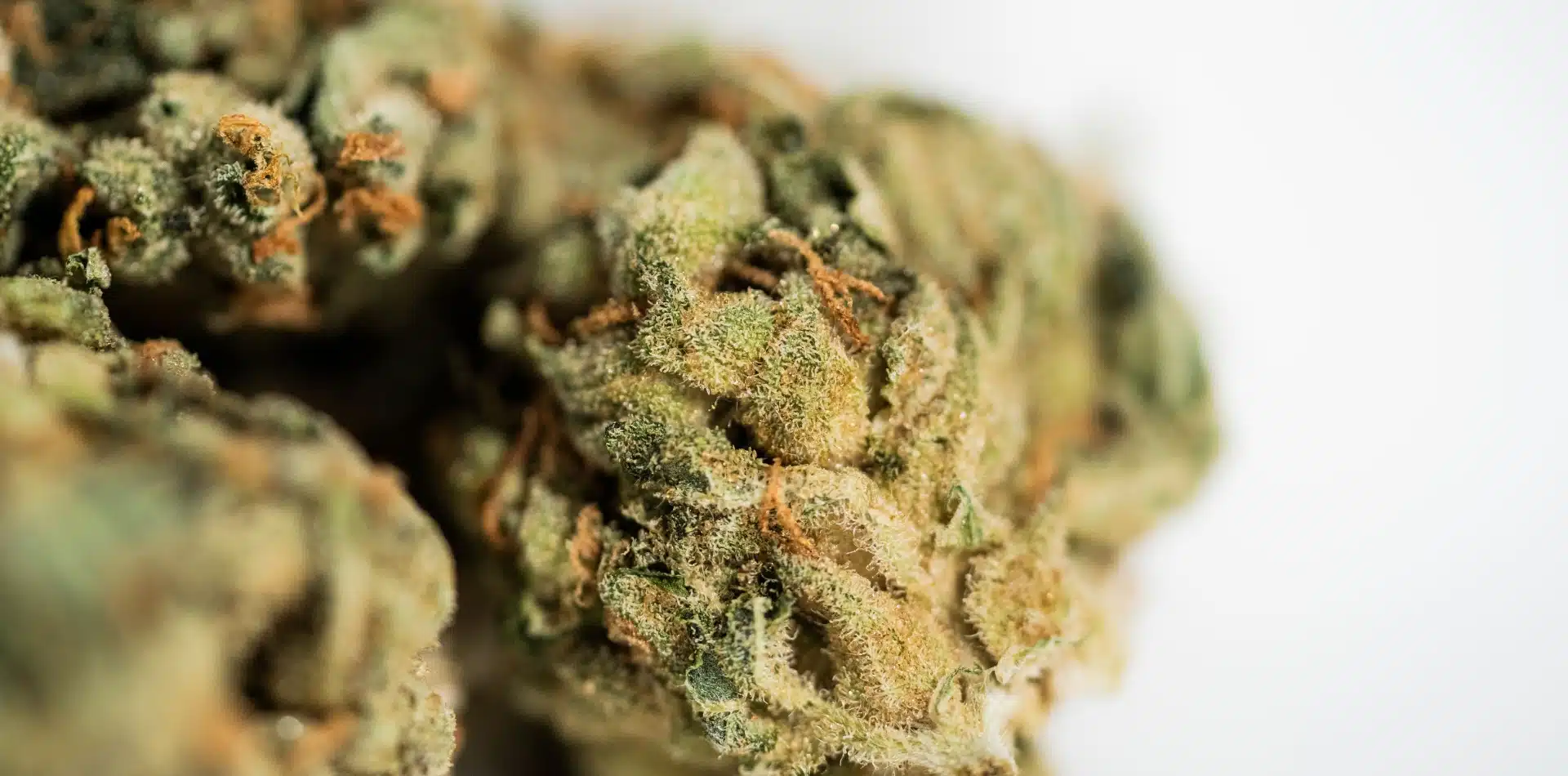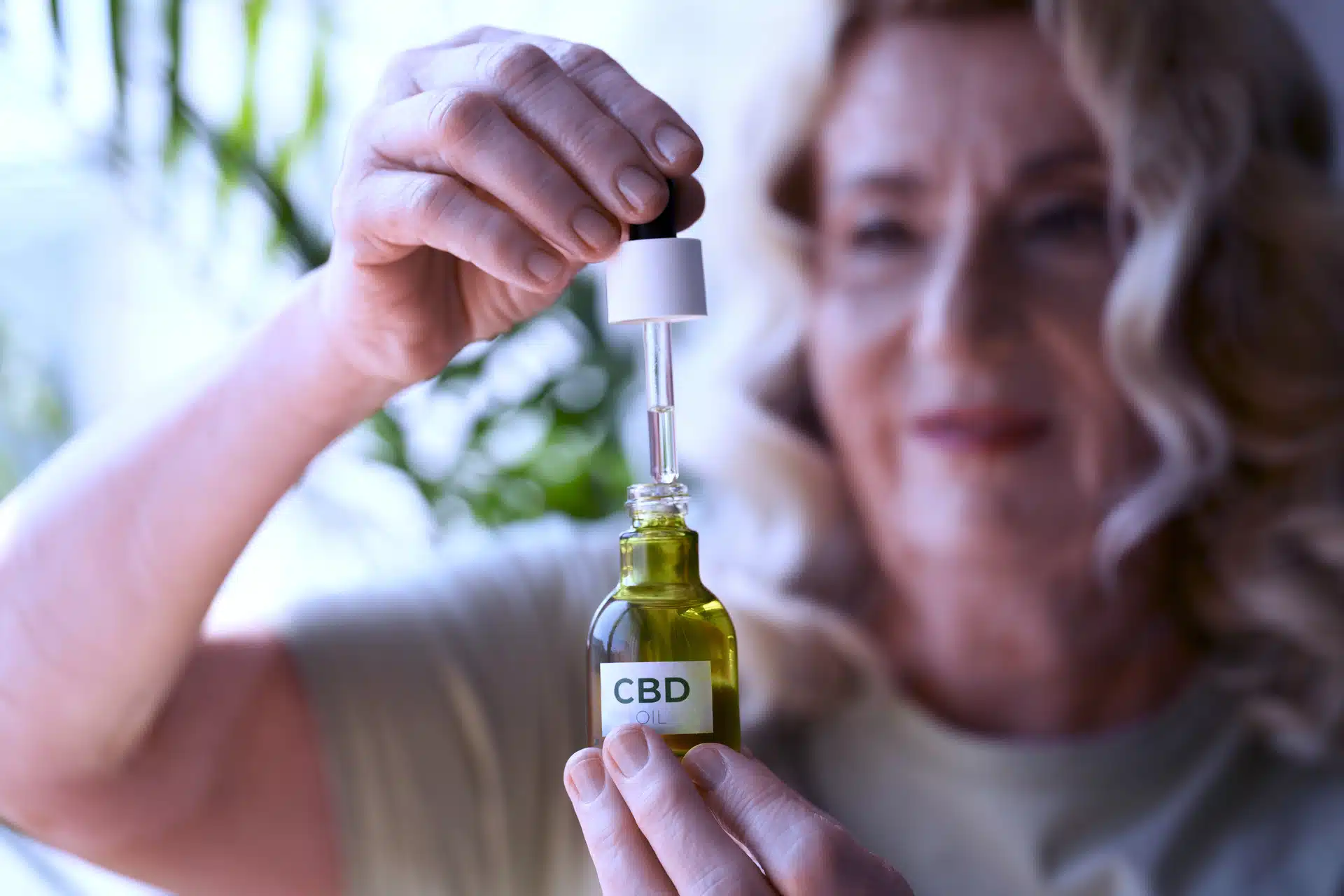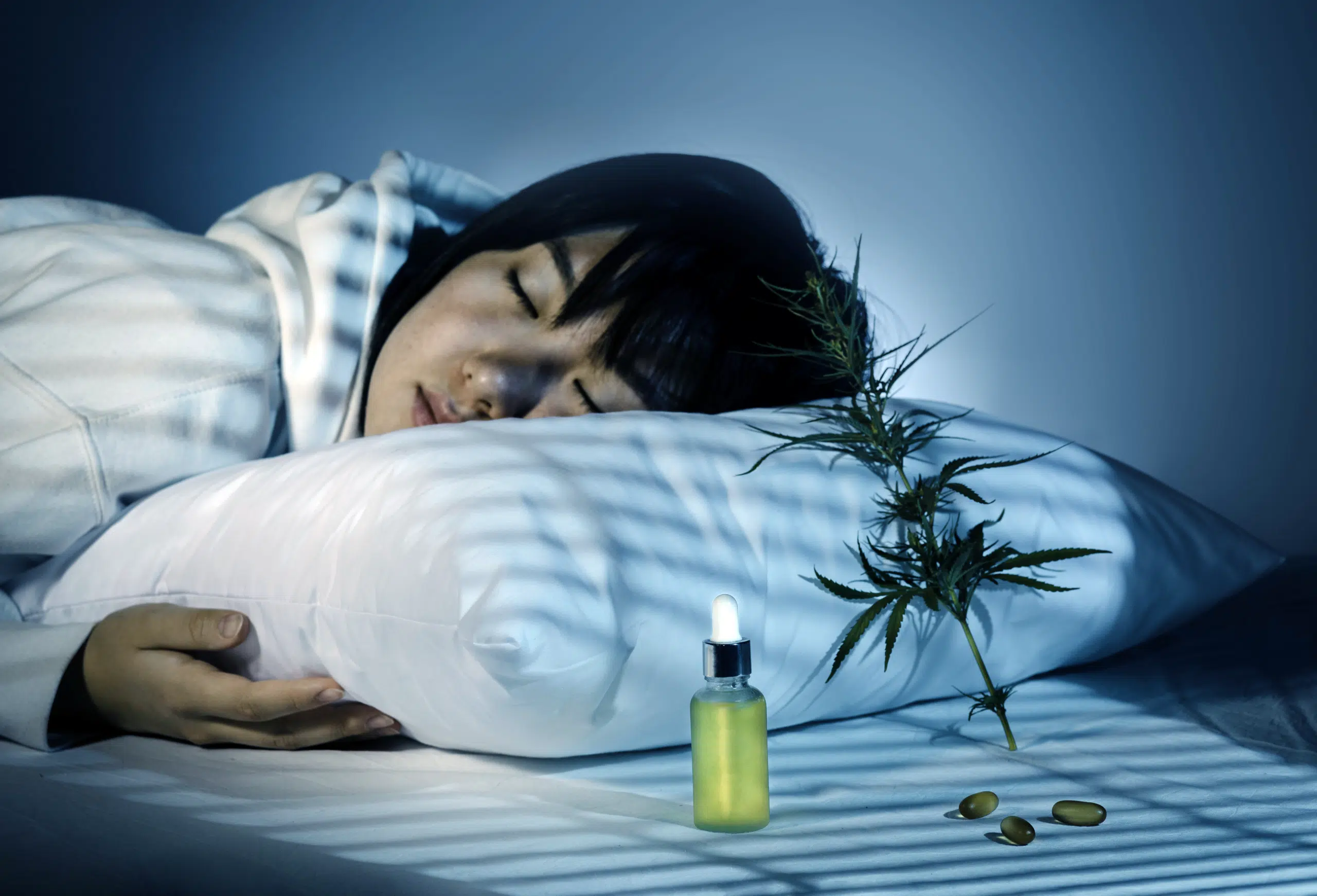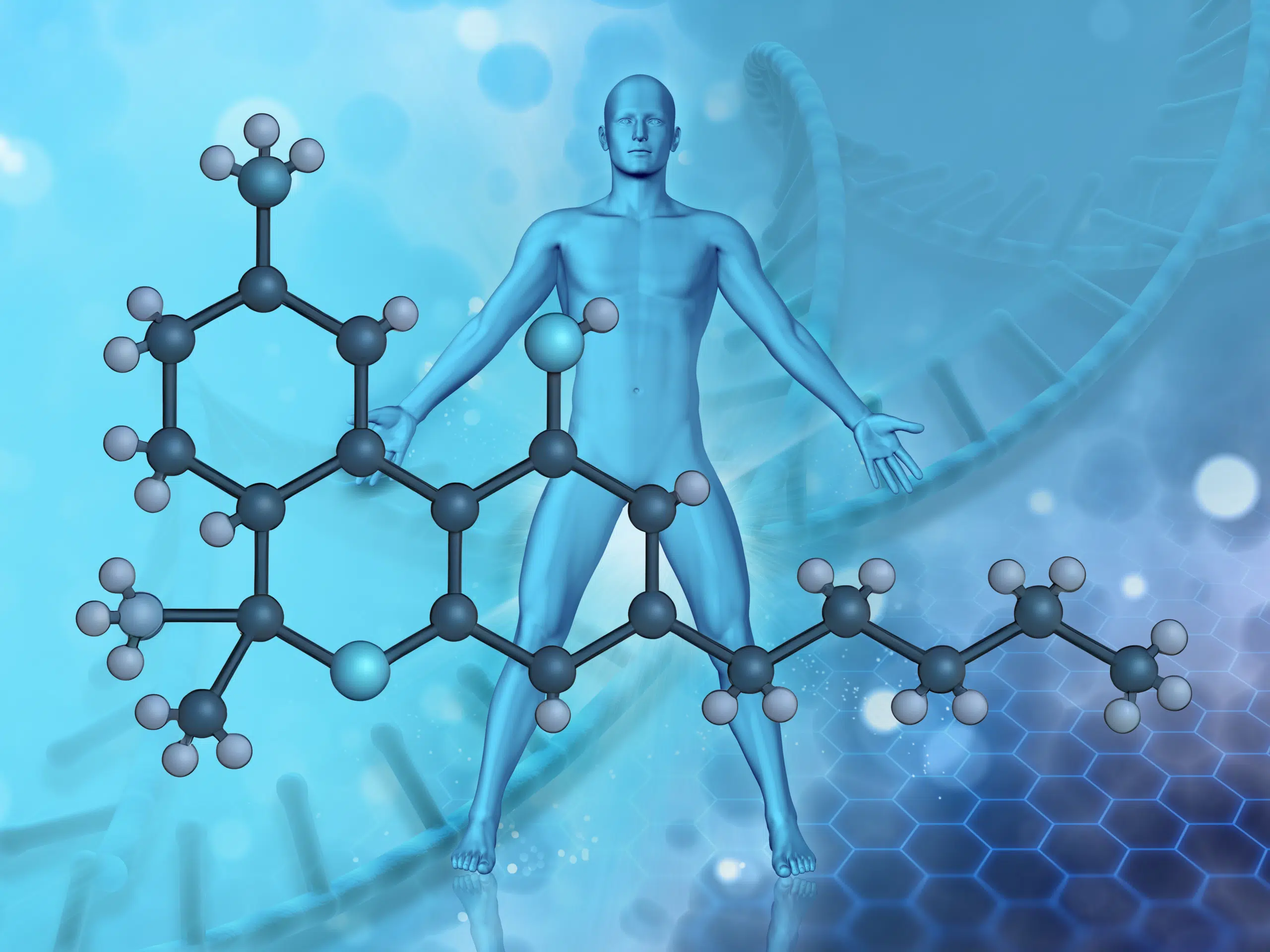Share
Naturally Blended Terpenes: The Science Behind the Senses Line
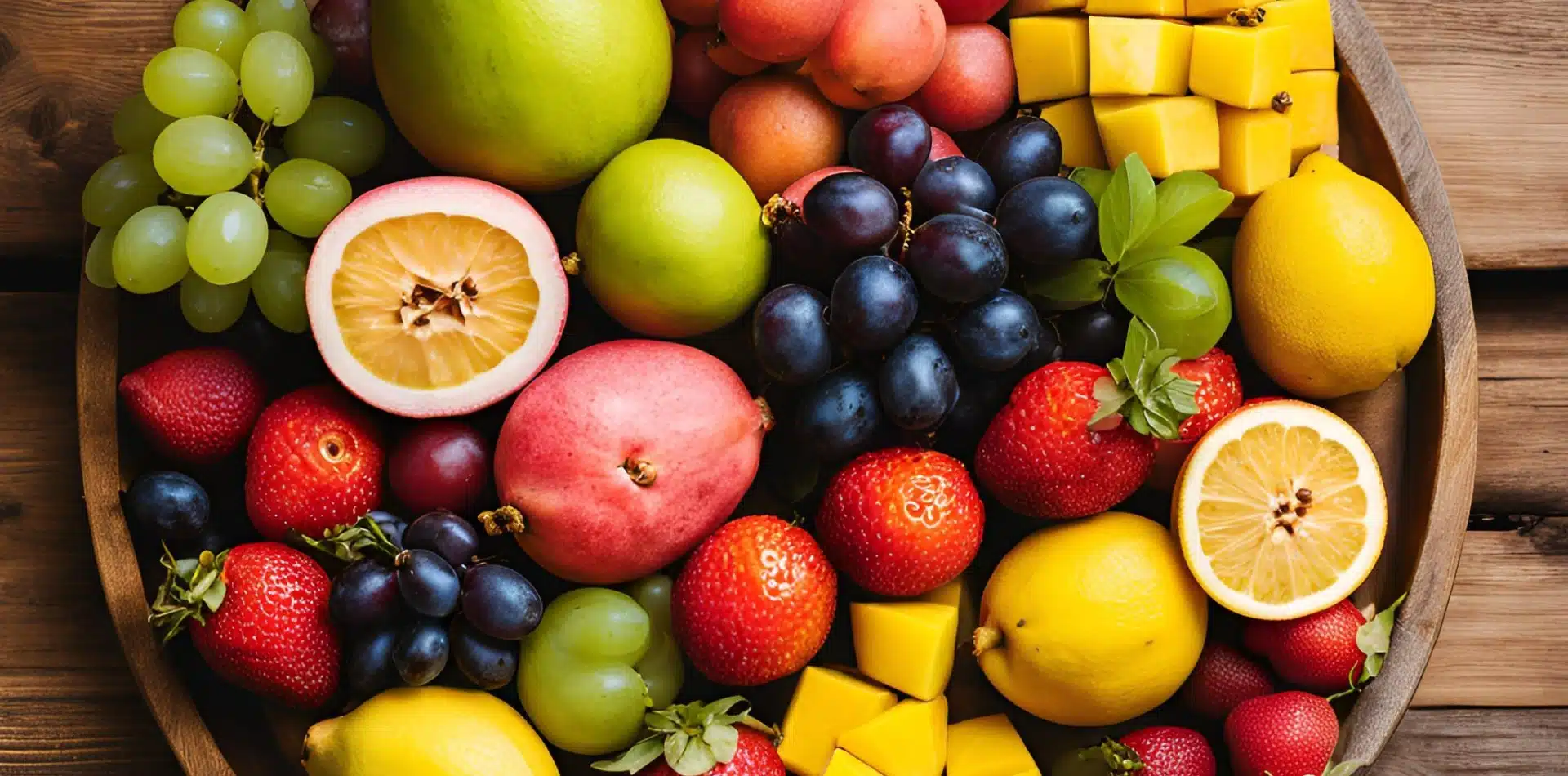
Terpenes are a diverse and widespread group of organic compounds produced by various plants, including cannabis. They are responsible for the distinctive aromas, flavors, and colors of many plants. In cannabis, terpenes play a crucial role in the plant’s overall therapeutic profile and contribute significantly to the unique characteristics of different cannabis strains. Terpenes naturally occur in fruits, vegetables, plants, and other sources and can be isolated and formulated into precise blends using gas chromatography with mass spectrometry to enhance sensory experiences.
For example, the terpene limonene has a strong citrus aroma and is found in the rinds of citrus fruits like lemons. Research regarding limonene has demonstrated that it can reduce stress and improve mood. The terpene β-Caryophyllene is found in Guava fruit, is known for its pepper-like scent, and is recognized for its anti-inflammatory and analgesic properties, which can contribute to feelings of relief and relaxation (Gertsch et al., 2008). The energy-boosting effects of mangoes can be partially attributed to the synergistic combination of terpenes they contain, particularly limonene and pinene. Together, these terpenes work in harmony to provide a natural and effective energy boost, making mangoes a valuable addition to a diet aimed at maintaining high energy levels and mental acuity.
Terpenes have the potential to enhance the therapeutic effects of cannabinoids. They interact synergistically with cannabinoids, such as THC and CBD, in a phenomenon known as the “entourage effect.” This interaction can amplify the medical benefits of cannabis, making it more effective in treating conditions like chronic pain, inflammation, anxiety, and epilepsy (Russo et al., 2011). For instance, the terpene myrcene, commonly found naturally in cannabis, has been shown to increase the permeability of cell membranes, potentially enhancing the absorption of cannabinoids.
Blending terpenes from a variety of plant sources enables the development of highly customized terpene profiles, each designed to target specific therapeutic needs and health concerns more effectively than a single-source terpene extract. This approach allows for precise formulation, combining the unique benefits of individual terpenes to create a synergistic blend that can address a broader range of health issues, such as anxiety, inflammation, pain, and mood enhancement, to offer a more comprehensive and versatile therapeutic solution.
Therapeutic Benefits of Orally Consumed Terpenes
Orally consumed terpenes have demonstrated a range of therapeutic effects supported by scientific research. For instance, a study on the terpene β-caryophyllene found that when administered orally, it acts as a selective agonist of the cannabinoid receptor type 2 (CB2) and exhibits significant anti-inflammatory and analgesic properties (Klauke et al., 2014). Similarly, linalool, another common cannabis terpene, has shown promising results in reducing anxiety and stress when ingested. Research indicates that oral administration of linalool leads to sedative effects and can significantly reduce anxiety levels in animal models (Linck et al., 2009). These findings suggest that the oral consumption of terpenes not only enhances the therapeutic potential of cannabinoids through the entourage effect but also offers direct health benefits, making them a valuable component in medicinal cannabis formulations.
Flavonoids
Flavonoids are a diverse group of phytonutrients found in plants, known for their potent antioxidant, anti-inflammatory, and antimicrobial properties. By adding flavonoids, the Senses product line provides the synergistic effects of terpenes and cannabinoids while pairing them with the therapeutic effects of flavorful fruit-derived flavonoids to give the patient an exceptional taste and experience.
This authenticity enhances the sensory experience, making medicinal cannabis consumption more pleasant and improving patient compliance. The Senses line offers two pharmaceutical formulations—oral solutions and inhalation extracts—that combine naturally derived terpenes with cannabis. These products leverage the unique therapeutic properties of these compounds while maintaining a clean and authentic profile, optimizing both sensory and medicinal benefits for patients.
Oral solutions
Guava (Psidium guajava)
Guava is distinguished by its rich content of bioactive compounds, including flavonoids and terpenes.
Flavonoids: Guava contains notable flavonoids like quercetin, kaempferol, and myricetin. These flavonoids are effective scavengers of free radicals, thereby protecting cells from oxidative stress and potentially lowering the risk of chronic diseases such as cancer and cardiovascular conditions. Research has demonstrated that guava flavonoids can inhibit pro-inflammatory cytokine production, significantly reducing inflammation in both in vitro and in vivo models. Additionally, guava flavonoids exhibit antimicrobial activity, particularly in the gastrointestinal and respiratory tracts.
Terpenes: Common terpenes in guava, such as limonene, pinene, and caryophyllene, offer various therapeutic benefits. They are known to modulate neurotransmitter pathways, act as bronchodilators, and selectively activate the CB2 receptor, contributing to their overall therapeutic potential.
The Result: A restful, subtle, guava-tasting oral drop.
Lemon (Citrus limon)
Lemons are celebrated for their tart flavor and refreshing aroma, which are beneficial for stress reduction, enhancing well-being, and stimulating appetite.
Flavonoids: Lemons are rich in flavonoids, including hesperidin, diosmin, and eriocitrin. These flavonoids possess strong antioxidant properties. Research indicates that hesperidin and diosmin have significant anti-inflammatory effects. Additionally, lemon flavonoids may improve cardiovascular health by enhancing blood vessel function and lowering cholesterol levels, which can potentially reduce the risk of atherosclerosis.
Terpenes: Lemons contain terpenes like limonene, which has been shown to induce apoptosis in cancer cells and inhibit tumor growth, and citral, which exhibits antimicrobial and anti-inflammatory properties.
The Result: A calming, subtle, lemon-tasting oral drop.
Mango (Mangifera indica)
Mangoes are appreciated for their rich flavors and therapeutic effects. The pleasant aroma of mangoes has been associated with mood enhancement and appetite stimulation.
Flavonoids: Mangoes share flavonoids with guava and lemons, such as mangiferin, quercetin, and kaempferol. These flavonoids provide antioxidant, anti-inflammatory, and anticancer benefits.
Terpenes: Common terpenes in mangoes include myrcene, limonene, and terpinolene. Myrcene has analgesic and anti-inflammatory effects, limonene contributes to anticancer activities, and terpinolene offers antimicrobial and antioxidant properties.
The Result: An energizing, subtle, mango-tasting oral drop.
Inhalation extracts
Pineapple (Ananas comosus)
Pineapple is celebrated for its tropical sweetness and medicinal benefits. The fruit’s aroma is often linked to feelings of freshness and vitality.
Flavonoids: Pineapple contains flavonoids such as quercetin, catechins, and epicatechins, which are known for their antioxidant, anti-inflammatory, and cardioprotective properties (Siddiq et al., 2012).
Terpenes: Common terpenes in pineapple include limonene, pinene, and myrcene. Limonene supports digestion and has anticancer potential, pinene offers anti-inflammatory and bronchodilatory effects, and myrcene provides analgesic benefits (de Oliveira et al., 2014).
The Result: A refreshing, zesty, pineapple-flavored that invigorates the senses.
Strawberry (Fragaria × ananassa)
Strawberries are beloved for their sweetness and uplifting aroma, often associated with positive mood changes and improved focus.
Flavonoids: Strawberries contain anthocyanins, ellagic acid, and quercetin. These compounds have potent antioxidant, anti-inflammatory, and anticancer properties (Aaby et al., 2005).
Terpenes: Notable terpenes in strawberries include linalool, limonene, and beta-caryophyllene. Linalool provides calming and anti-anxiety effects, limonene aids in mood elevation, and beta-caryophyllene acts as an anti-inflammatory agent (Ulrich et al., 1997).
The Result: A sweet, fruity strawberry-flavored that promotes a sense of well-being.
Grape (Vitis vinifera)
Grapes are admired for their rich flavor and health-promoting compounds, often linked to cardiovascular and cognitive health.
Flavonoids: Grapes are abundant in resveratrol, quercetin, and catechins, which provide antioxidant, neuroprotective, and anti-inflammatory effects (Georgiev et al., 2014).
Terpenes: Key terpenes in grapes include linalool, alpha-terpineol, and geraniol. Linalool imparts calming effects, alpha-terpineol contributes to anti-inflammatory and antioxidant benefits, and geraniol provides antimicrobial properties (Ribéreau-Gayon et al., 2006).
The Result: A rich, smooth grape-flavored that supports relaxation and overall wellness.
Conclusion
The integration of naturally derived terpenes into pharmaceutical formulations unlocks a spectrum of therapeutic benefits. These compounds, often found in fruits such as guava, lemon, mango, pineapple, strawberry, and grape, work synergistically with cannabinoids and flavonoids to deliver antioxidant, anti-inflammatory, antimicrobial, mood-enhancing, and appetite-stimulating effects. Additionally, terpenes amplify the effects of cannabinoids through pharmacologically additive interactions, optimizing therapeutic outcomes. By preserving the natural terpenes, these formulations not only provide enhanced efficacy but also could elevate the sensory and therapeutic experience, promoting overall experience and a more natural and effective way.
Sources:
Baron, E. P. (2018). Medicinal Properties of Cannabinoids, Terpenes, and Flavonoids in Cannabis, and Benefits in Migraine, Headache, and Pain: An Update on Current Evidence and Cannabis Science. Headache: The Journal of Head and Face Pain, 58(7), 1139-1186.
Gertsch, J., Leonti, M., Raduner, S., Racz, I., Chen, J. Z., Xie, X. Q., ... & Karsak, M. (2008). Beta-caryophyllene is a dietary cannabinoid. Proceedings of the National Academy of Sciences, 105(26), 9099-9104. https://doi.org/10.1073/pnas.0803601105
Klauke, A. L., Racz, I., Pradier, B., Markert, A., Zimmer, A., Gertsch, J. (2014). The cannabinoid CB2 receptor-selective phytocannabinoid beta-caryophyllene exerts analgesic effects in mouse models of inflammatory and neuropathic pain. European Neuropsychopharmacology, 24(4), 608-620. https://doi.org/10.1016/j.euroneuro.2013.10.008
Linck, V. M., da Silva, A. L., Figueiró, M., Caramão, E. B., Moreno, P. R. H., & Elisabetsky, E. (2009). Effects of inhaled linalool in anxiety, social interaction and aggressive behavior in mice. Phytomedicine, 16(4), 303-307. https://doi.org/10.1016/j.phymed.2009.10.002
Chadha, R. K., Bhalla, Y., Dhawan, D. K., & Sharma, S. (2019). Linalool ameliorates aluminum-induced oxidative stress and histological changes in rat cerebrum and cerebellum. Nutritional Neuroscience, 22(3), 161-168.
Gonçalves, G. M. S., et al. (2016). Antioxidant and antimicrobial activities of Psidium guajava L. Journal of Medicinal Plants Research, 10(16), 227-236. https://doi.org/10.1016/j.indcrop.2014.05.049
Gupta, M., Thakur, S., Sharma, A., & Gupta, S. (2018). Qualitative and quantitative analysis of bioactive compounds in Psidium guajava L. leaves. International Journal of Pharma Sciences and Research, 9(5), 191-198. https://doi.org/10.1186/s13568-021-01194-9
Komiya, M., Takeuchi, T., & Harada, E. (2006). Lemon odor reduces stress through modulating the serotonin system in mice. Journal of Agricultural and Food Chemistry, 54(22), 7988-7992. https://doi.org/10.1016/j.bbr.2006.05.006
Diab, K. A., & Elshafey, S. H. (2012). Hesperidin, a Citrus bioflavonoid, ameliorates some reproductive and biochemical alterations induced by electromagnetic fields in male rats. Journal of Applied Pharmaceutical Science, 2(1), 24-31. https://doi.org/10.1055/s-0033-1363998
Benavente-García, O., Castillo, J., Marin, F. R., Ortuño, A., & Del Río, J. A. (1997). Uses and properties of Citrus flavonoids. Journal of Agricultural and Food Chemistry, 45(12), 4505-4515. https://doi.org/10.1021/jf970373s
Crespo, M. E., Gálvez, J., Cruz, T., Ocete, M. A., & Zarzuelo, A. (1999). Anti-inflammatory activity of diosmin and hesperidin in rat colitis induced by TNBS. Planta Medica, 65(07), 651-653. https://doi.org/10.1055/s-2006-960838
Morand, C., Dubray, C., Milenkovic, D., Lioger, D., Martin, J. F., Scalbert, A., & Mazur, A. (2011). Hesperidin contributes to the vascular protective effects of orange juice: a randomized crossover study in healthy volunteers. The American Journal of Clinical Nutrition, 93(1), 73-80.https://doi.org/10.3945/ajcn.110.004945
Gould, M. N. (1995). Prevention and therapy of mammary cancer by monoterpenes. Journal of Cellular Biochemistry, 22(S22), 139-144.https://doi.org/10.1002/jcb.240590818
Manjamalai, A., & Grace, V. M. (2012). Antifungal, antioxidant and anticancer activities of crude extract and essential oil of Acalypha indica Linn. and their GC-MS analysis. Journal of Applied Pharmaceutical Science, 2(9), 48-59 https://doi.org/10.1002/food.200390021.
Berardini, N., Fezer, R., Conrad, J., Beifuss, U., Carle, R., & Schieber, A. (2005). Screening of mango (Mangifera indica L.) cultivars for their contents of flavonol O- and xanthone C-glycosides, anthocyanins, and pectin. Journal of Agricultural and Food Chemistry, 53(5), 1563-1570. https://doi.org/10.1021/jf0484069
Jyotshna, , Khare, P. and Shanker, K. (2016), Mangiferin: A review of sources and interventions for biological activities. BioFactors, 42: 504-514. https://doi.org/10.1002/biof.1308
Siddiq, M., et al. (2012). Tropical and Subtropical Fruits: Postharvest Physiology, Processing and Packaging. Elsevier. ISBN: 9780123964779.
De Oliveira, A. C., et al. (2014). "Terpenes: Natural Compounds with Potential Use in Cancer Therapy." Medicinal Chemistry, 10(7), 715–726. https://doi.org/10.2174/1573406410666140529231922
Aaby, K., et al. (2005). "Phenolic Compounds in Strawberries: A Review of Composition and Significance." Journal of Agricultural and Food Chemistry, 53(9), 4032–4040. https://doi.org/10.1021/jf04861
Ulrich, D., et al. (1997). "Aroma Compounds in Strawberry Fruit." Food Chemistry, 59(1), 117–123. https://doi.org/10.1016/S0308-8146(96)00248-8.
Georgiev, V., et al. (2014). "Grape Phenolics and Their Therapeutic Potential: Recent Advances and Future Prospects." Trends in Biotechnology, 32(2), 48–56. https://doi.org/10.1016/j.tibtech.2013.11.006.
Ribéreau-Gayon, P., et al. (2006). Handbook of Enology: The Chemistry of Wine. John Wiley & Sons. ISBN: 9780470010370.



